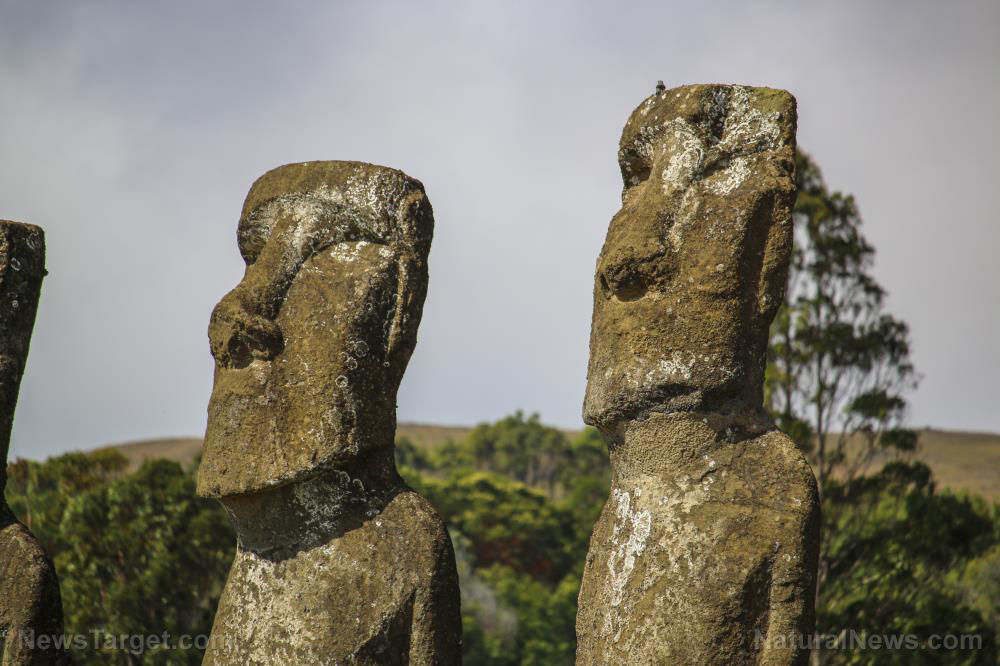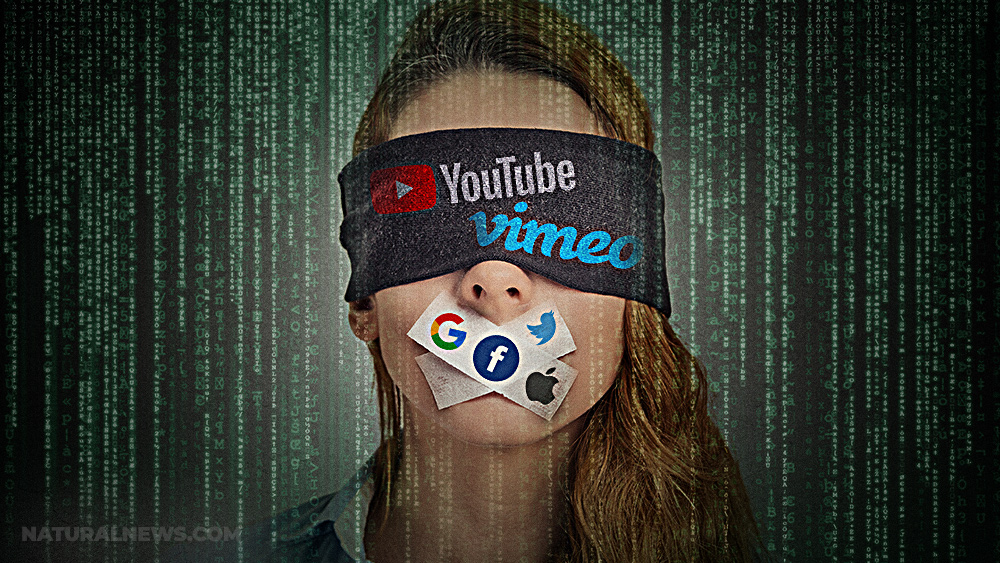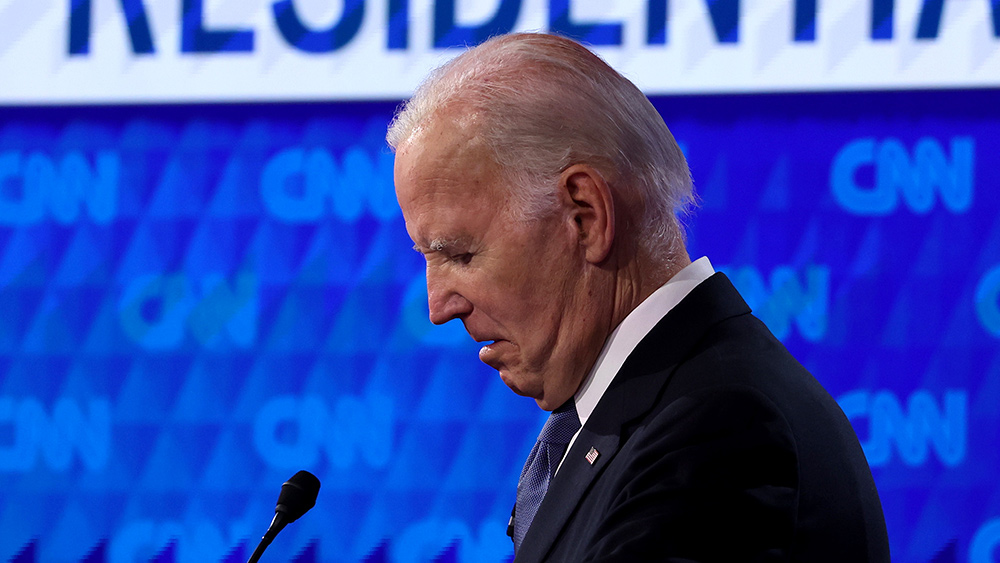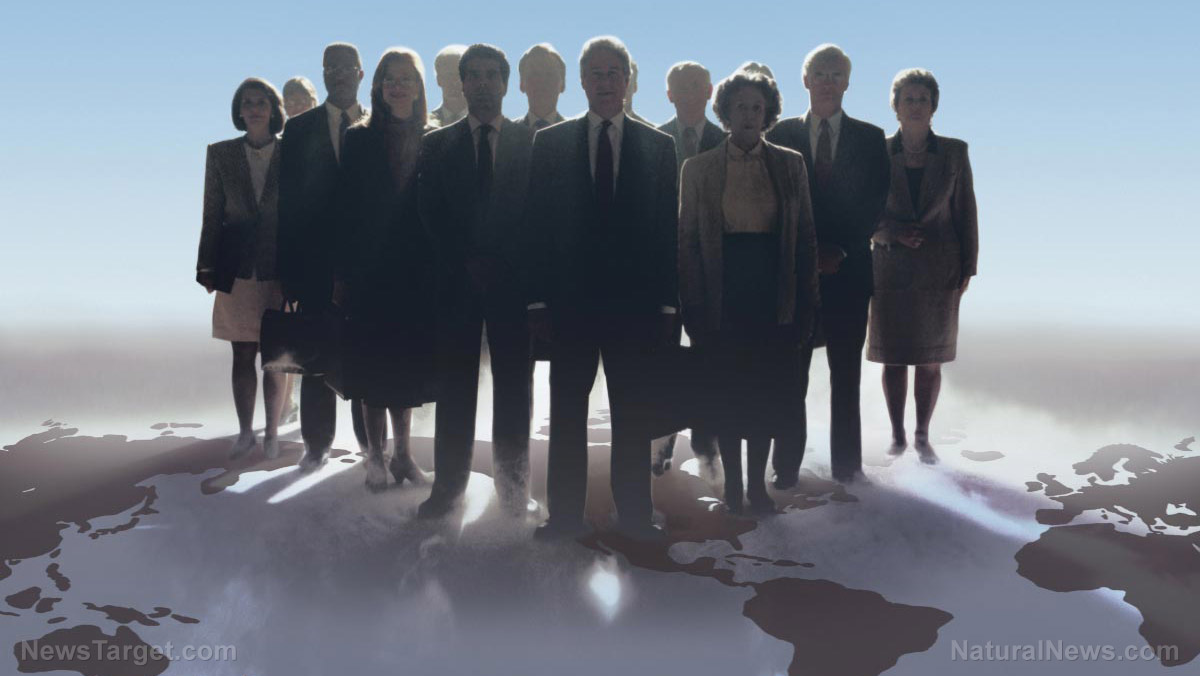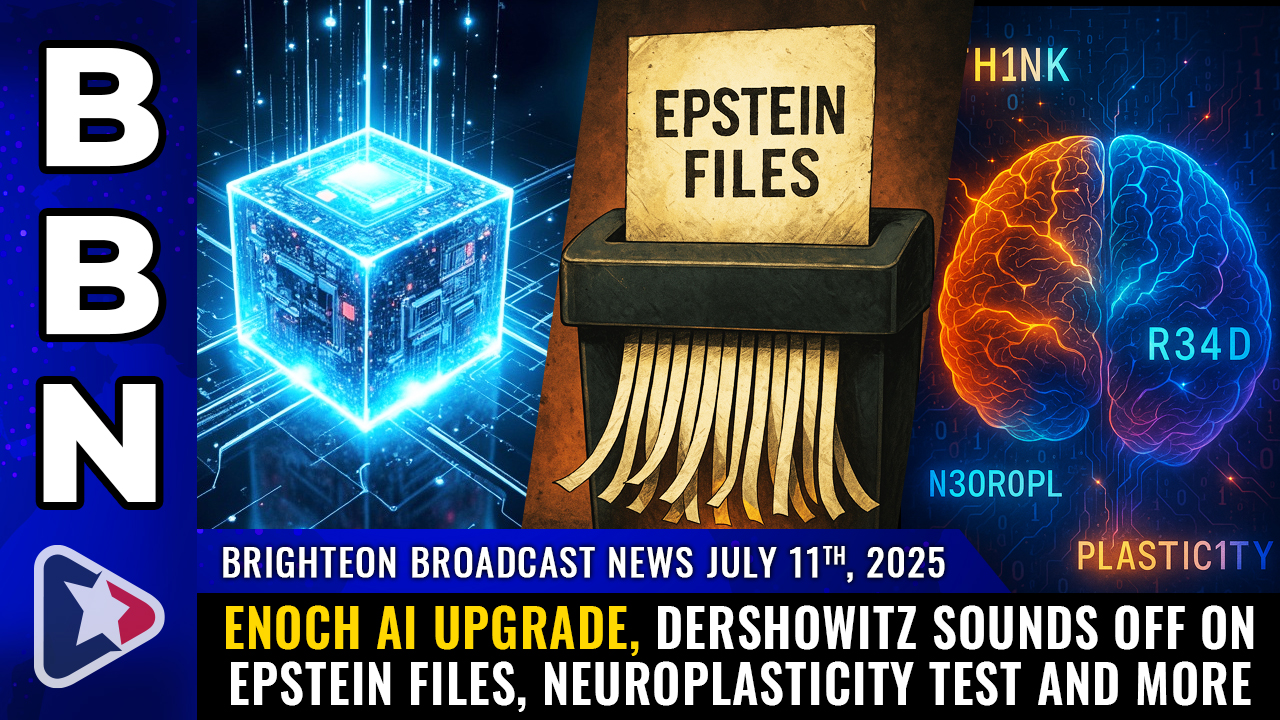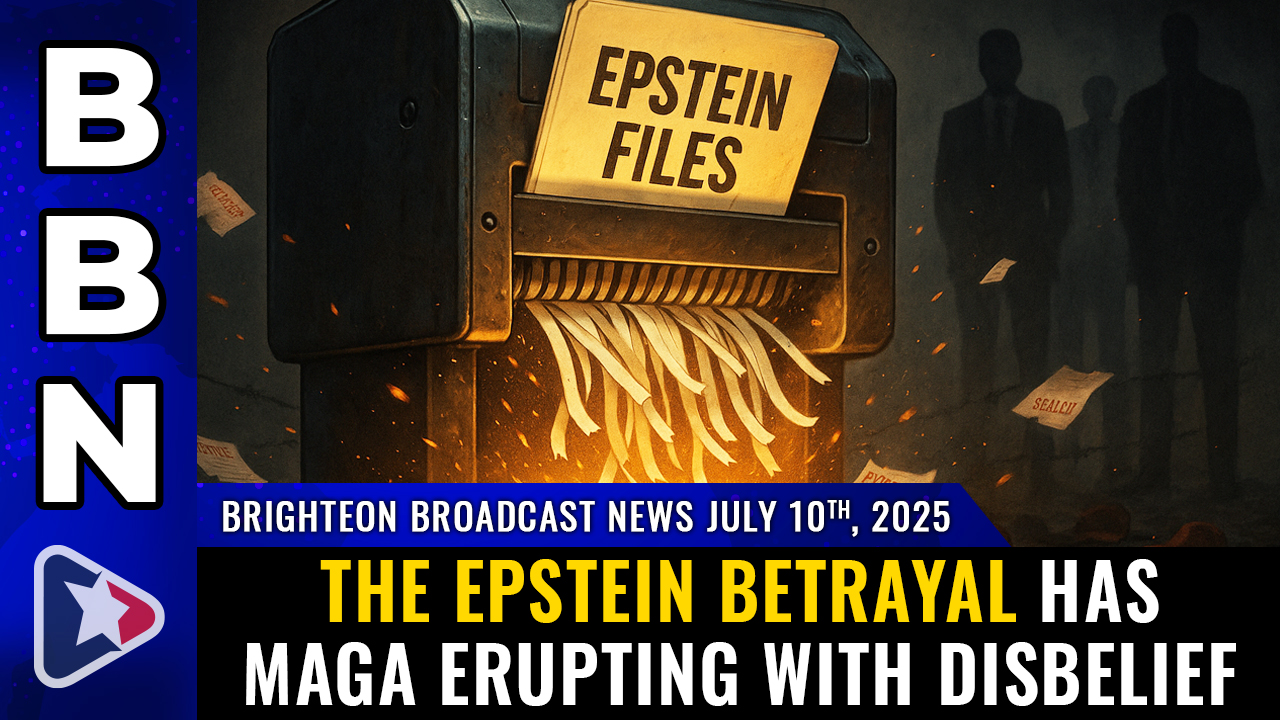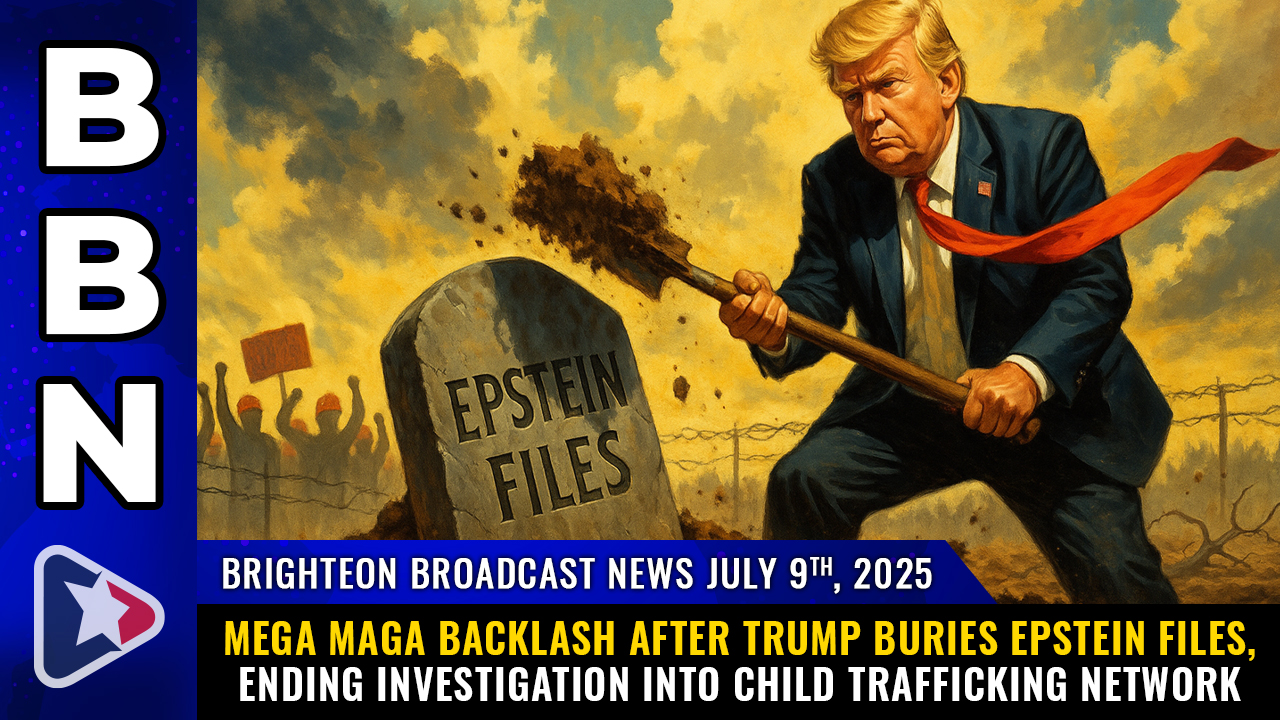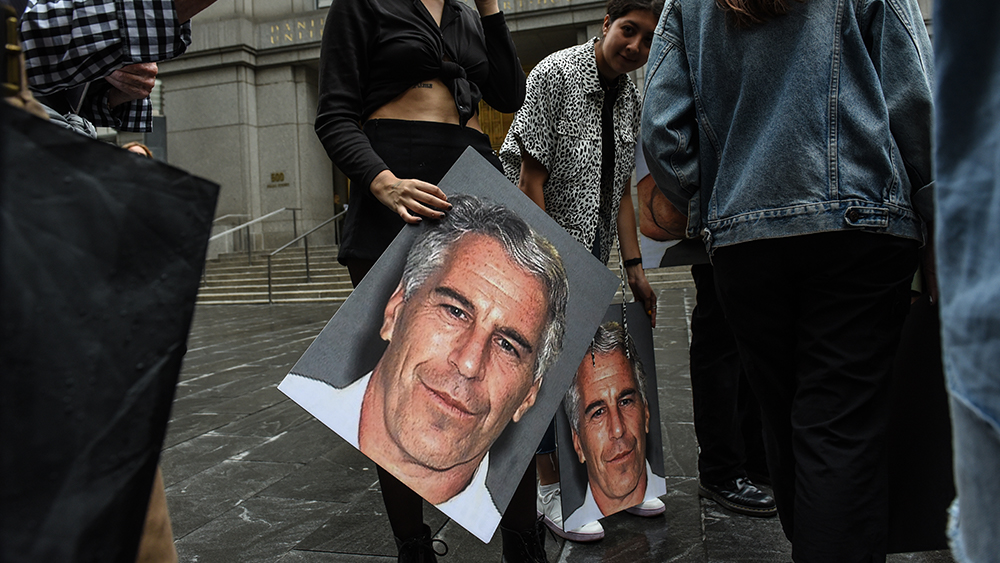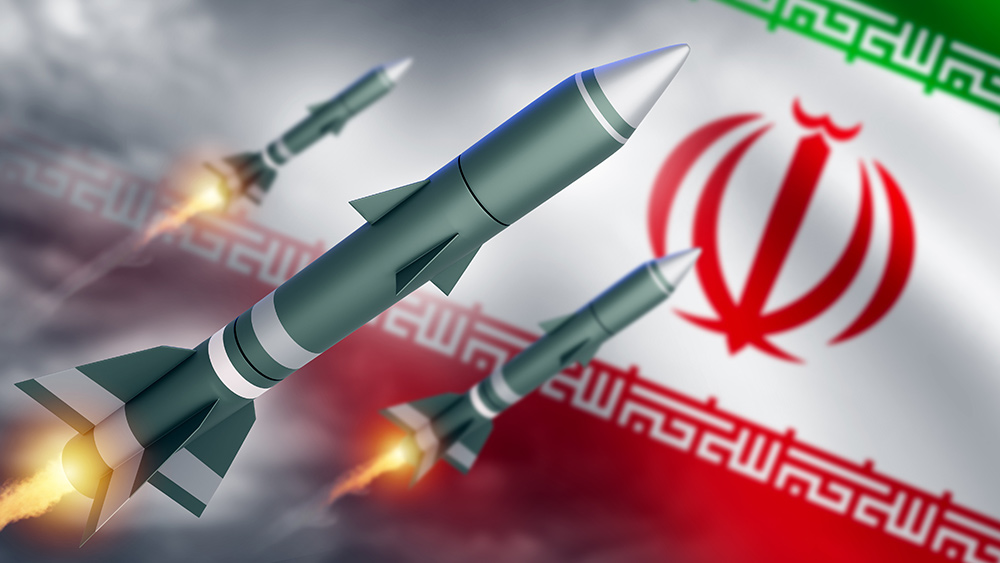Randall Fitzgerald’s “Alien in the Mirror” explores UFO theories and the cosmos of controversy
07/11/2025 / By Kevin Hughes
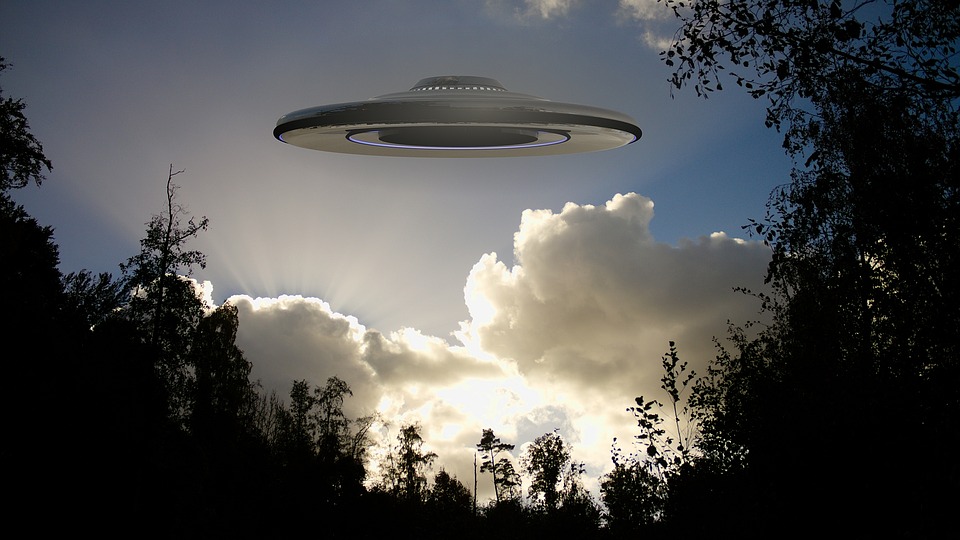
- Randall Fitzgerald’s “Alien in the Mirror” investigates decades of UFO theories, testimonies and government cover-ups, urging readers to rethink conventional narratives about extraterrestrial contact.
- The book examines the infamous 1947 Roswell crash through firsthand accounts (e.g., Maj. Jesse Marcel) and declassified documents, revealing a deliberate military cover-up likened to a “cosmic Watergate.”
- Fitzgerald exposes Cold War-era tactics, such as Project Blue Book’s suppression of sightings and CIA psychological warfare, showing how authorities manipulated public perception of UFOs.
- The book explores contentious claims, like the Dogon tribe’s advanced Sirius star knowledge and Erich von Däniken’s “ancient astronaut” hypothesis, challenging mainstream views of human history.
- Cases like the 1977 Cash-Landrum incident and theories from Vallee/Keel suggest UFOs may involve more than extraterrestrials—potentially intersecting with human consciousness. The book emphasizes enduring mysteries and the need for critical inquiry.
In an age where the boundaries of science and speculation blur, Randall Fitzgerald’s “Alien in the Mirror: Extraterrestrial Contact Theories and Evidence” offers a compelling journey into the enigmatic world of UFOs and alien contact.
The book, a meticulous exploration of decades of research and firsthand accounts, challenges readers to question the conventional narratives surrounding extraterrestrial encounters. It also looks at the roles of both government and media in shaping public perception.
Fitzgerald’s journey began in 1979 when he received a call from Stanton Friedman, the world’s only nuclear physicist dedicated to full-time UFO research. Friedman’s provocative claim that the 1947 Roswell incident was a “cosmic Watergate” and a Pulitzer Prize-worthy story set Fitzgerald on a path that would lead him through a labyrinth of theories, testimonies, and declassified documents.
The Roswell incident, which involved the alleged crash of an unidentified flying object, has long been a cornerstone of UFO lore. Fitzgerald’s interview with Maj. Jesse Marcel, the intelligence officer dispatched to investigate the crash, revealed a scene of extraordinary debris and a cover-up that has become a hallmark of UFO mythology. Marcel’s accounts, corroborated by Leonard Stringfield’s FBI documents and photographs, paint a picture of an event shrouded in secrecy and intrigue.
The 1950s marked a pivotal era in UFO history, with a surge in sightings and a corresponding government response. Capt. Edward Ruppelt, head of the Air Force’s Project Blue Book, revealed that his team was ordered to conceal sightings and disparage witnesses, even their own pilots. This campaign of disinformation and ridicule, aimed at calming public fears and confusing potential adversaries, highlights the lengths to which authorities went to control the narrative.
The declassified CIA study from 1997 further confirmed that the agency had actively used UFO phenomena for psychological warfare, feeding disinformation to researchers and witnesses. This admission underscores the government’s willingness to manipulate public perception, casting a shadow over the credibility of official statements.
As Fitzgerald’s investigation unfolds, readers are introduced to a diverse array of characters and theories that challenge the fabric of reality. The Dogon tribe of Mali’s knowledge of the Sirius star system – including the existence of the invisible Sirius B and its 50-year orbit around Sirius A – raises profound questions about the source of the ethnic group’s astronomical wisdom. While some attribute this knowledge to ancient civilizations or extraterrestrial contact, the debate remains a source of fierce debate among scholars and enthusiasts.
Erich von Daniken’s theories of ancient astronauts offer another layer of complexity to the narrative. Von Daniken suggests that ancient texts and artifacts, from the pyramids of Egypt to the Nazca lines of Peru, are evidence of extraterrestrial visitation.
Although his ideas are often dismissed by mainstream scholars, they have inspired a generation of researchers to question the conventional understanding of human history. The persistence of these theories, regardless of their scientific merit, reflects a deep-seated human curiosity about our origins and place in the universe.
Modern UFO incidents, such as the 1977 Cash-Landrum incident, where two women and a child suffered severe health issues after an alleged UFO encounter, add a contemporary dimension to the debate. The incident, which involved a fleet of helicopters and unexplained phenomena, highlights the potential dangers of UFO encounters and the government’s reluctance to conduct transparent investigations.
Researchers like Jacques Vallee and John Keel propose that UFOs may not be mere extraterrestrial spacecraft but manifestations of a more complex phenomenon interacting with human consciousness. Their theories challenge readers to reconsider the nature of reality itself.
“Alien in the Mirror” leaves readers with more questions than answers, a fitting conclusion for a book that dares to explore the uncharted territories of the unknown. Whether we are alone in the universe or visited by beings from other worlds remains an open question.
What is clear, however, is the enduring human quest for truth and the importance of critically examining the narratives that shape our understanding of the world. As we continue to look to the stars, Fitzgerald’s work serves as a reminder that the journey itself is as important as the destination.
Watch this video about Randall Fitzgerald’s book “Alien in the Mirror: Extraterrestrial Contact Theories and Evidence.”
This video is from the BrightLearn channel on Brighteon.com.
Sources include:
Submit a correction >>
Tagged Under:
big government, Cash-Landrum incident, Censorship, CIA, conspiracy, conspiracy theories, cosmic, Dogon tribe, Edward Ruppelt, Erich von Daniken, extraterrestrial, FBI, Jesse Marcel, Leonard Stringfield, Nazca lines, Project Blue Book, pyramids, Randall Fitzgerald, Roswell incident, Sirius, Space, Stanton Friedman, Suppressed, UFO, unexplained
This article may contain statements that reflect the opinion of the author
RECENT NEWS & ARTICLES
COPYRIGHT © 2017 PENSIONS NEWS

